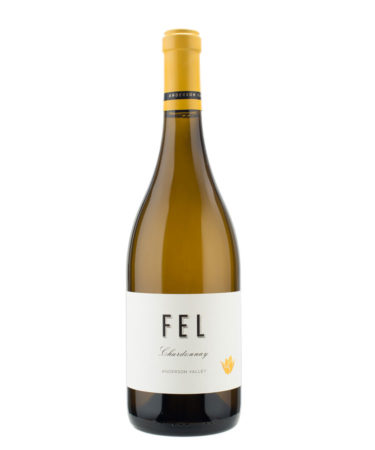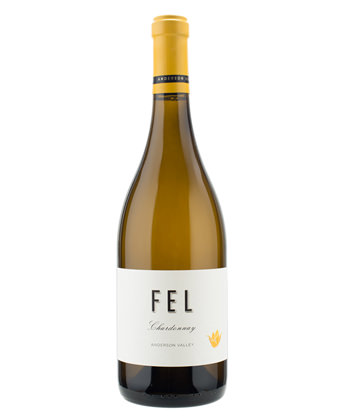Despite the raging popularity of red blends and pervasiveness of California Cabernet Sauvignons, there has been a return to restraint in wine over the past decade, particularly in white wines. Yes, there are still plenty of New World Pinot Noirs that soar above 15 percent ABV, but the mentality of “bigger is better” is no longer the default as it was in the 1980s and 1990s.
Many wines purport to have cool-climate influence and balance, but far fewer actually achieve that goal. Look no further than the FEL Anderson Valley Chardonnay for an example of how to do it right.
The Anderson Valley is one of the coolest areas in California, located within the northerly Mendocino County, near the coast. Though the area is protected from strong Pacific winds, cool ocean breezes and fog roll in through the valley, making it a prime spot for cool-climate varieties like Pinot Noir, Gewürztraminer, and Riesling. But while Chardonnay is no stranger to warm regions, it can sing a tune more akin to its Burgundian roots when planted in Anderson Valley vineyards. Stark nighttime temperature drops preserve that fine acidity, keeping both structure and flavor in balance.
While the FEL Anderson Valley Chardonnay is aged in oak, it only sees contact with old wood, allowing gentle oxygen contact without actually imparting any oak flavor. That, combined with the lack of malolactic fermentation, creates a soft, subtle version of Chardonnay. Subdued and elegant on the nose, notes of red apple, lemon juice, rocky river water, and almond cream mingle, giving the impression of village-level Chablis or quality northern Italian Pinot Grigio. All carry through to the round, clean palate, which combines bright, prickly acidity, characterized by a smack of lemon oil tang, with a creamy, nutty mouthfeel. It wouldn’t take much to convince the drinker that this is approachable white Burgundy, but the fact that it comes from cool-climate Cali might make it even more interesting.

